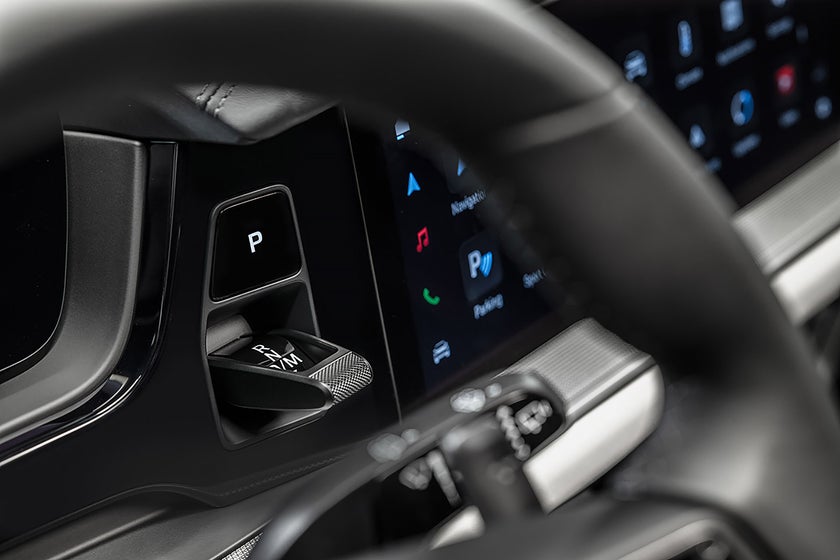A growing number of automakers are backpedaling away from the huge, complex touchscreens that have infested dashboard design over the past 15 years. Buttons and knobs are coming back, thanks to consumer backlash against touchscreen displays.
The touchscreen pullback is not the result of the enactment of overdue regulations or an awakening of corporate responsibility, but rather the result of drivers’ desire for buttons, not screens. Auto executives have long brushed aside safety concerns about their complex displays, but their customers are revolting, which has forced them to pay attention.
For over a decade, touchscreens have spread like a rash across dashboards, with Tesla leading the trend by positioning its vehicles as “tablets on wheels.” As a result, touchscreens were seen as representing tech-infused modernity, despite their dangers. Although they look fancy, carmakers can purchase screens for less than $50, making them significantly less expensive than tactile controls. However, touchscreens rely on a driver’s eyes as much as their fingers to navigate, and every second that a driver is looking at a screen is a second they aren’t looking at the road ahead. Navigating through various levels of menus to reach a desired control can be particularly dangerous, with one study by the AAA Foundation concluding that infotainment touchscreens can distract a driver for up to 40 seconds, long enough to cover half a mile at 50 mph.

In 2013, the National Highway Traffic Safety Administration (NHTSA) published voluntary guidance recommending that a driver be able to complete any infotainment task with glances of under two seconds, totaling a maximum of 12 seconds. However, NHTSA’s guidance had no enforcement mechanism, and carmakers have violated it with impunity. In the last two years, further evidence has suggested that touchscreens represent a step backward for auto design. Drexel researchers found that infotainment systems posed a statistically significant crash risk even in the early 2010s, before carmakers added many of today’s bells and whistles. A widely publicized Swedish study found that completing tasks with screens takes longer than with physical buttons.
A recent J.D. Power consumer survey on vehicle dependability concluded that “infotainment remains a significant issue for new vehicles,” reflecting consumers’ growing frustration with touchscreen displays. Automakers have noticed this trend and begun to change their tune. Porsche has been at the vanguard, returning buttons to the interior of the 2024 Cayenne, given the higher costs of using physical controls. Bugatti, meanwhile, never adopted touchscreens in the first place.
Volkswagen, which owns Porsche, has acknowledged that customer feedback led it to drop its much-loathed steering wheel touch controls that were nearly impossible to use without looking down from the windshield, and executives have suggested adding more buttons to its future electric vehicles. Meanwhile, the few big automakers that skipped the touchscreen craze have not been shy about letting the world know, while offering a few digs at their competitors.
As the industry continues to evolve, it remains to be seen whether buttons will continue their comeback and become the new standard for in-car controls. But for now, consumers can take heart in the fact that their voices are being heard and that automakers are starting to take a more serious approach to road safety by acknowledging the dangers of touchscreens and the importance of tactile controls.

Submitting your news to Motortrader.com.my is easy. Simply send an email to [email protected] with your press release or announcement attached as a Word or PDF document. Please include your contact information and any relevant images or videos that you would like to accompany your news.